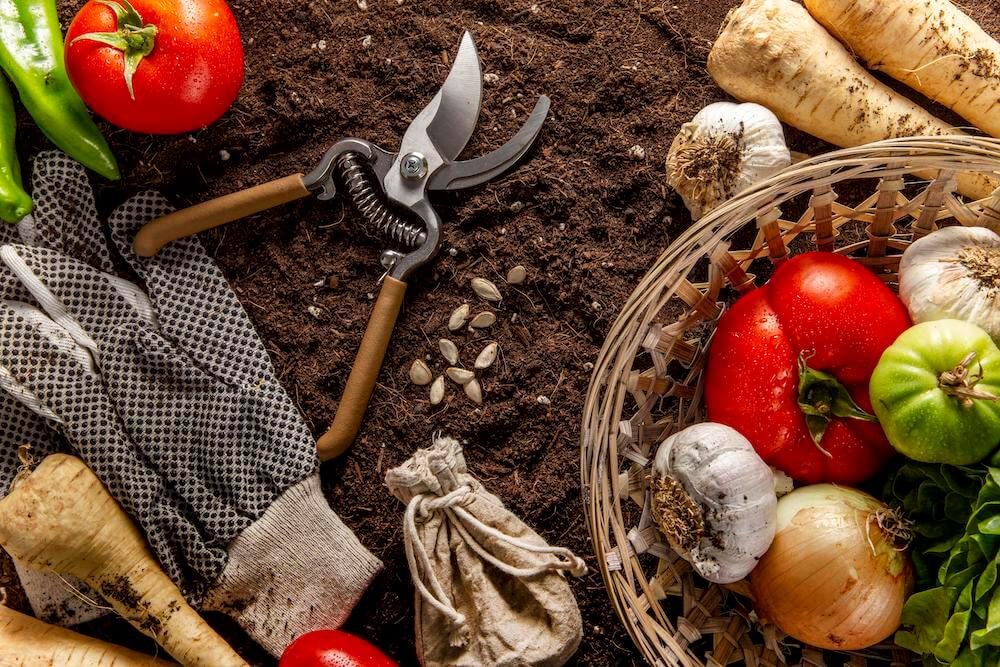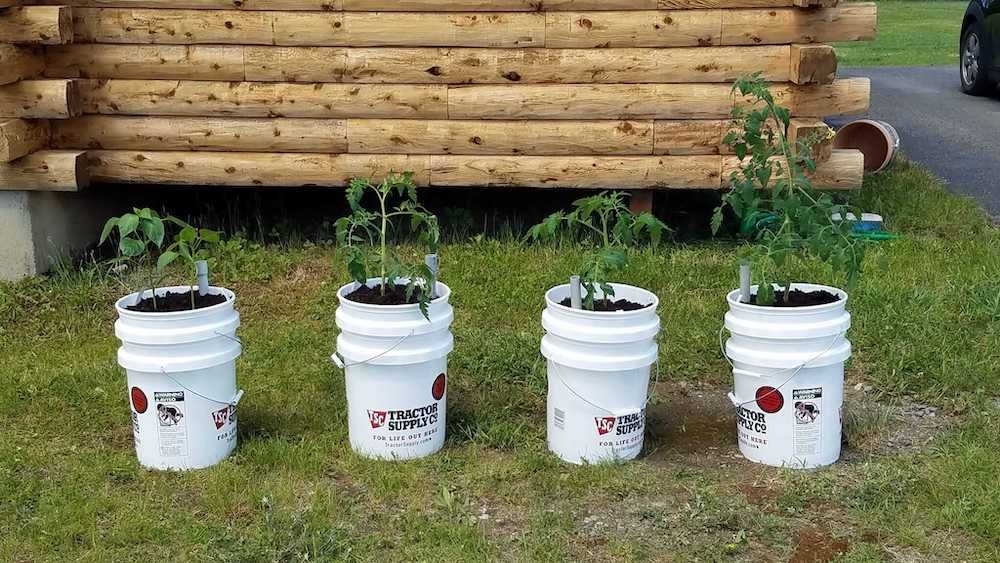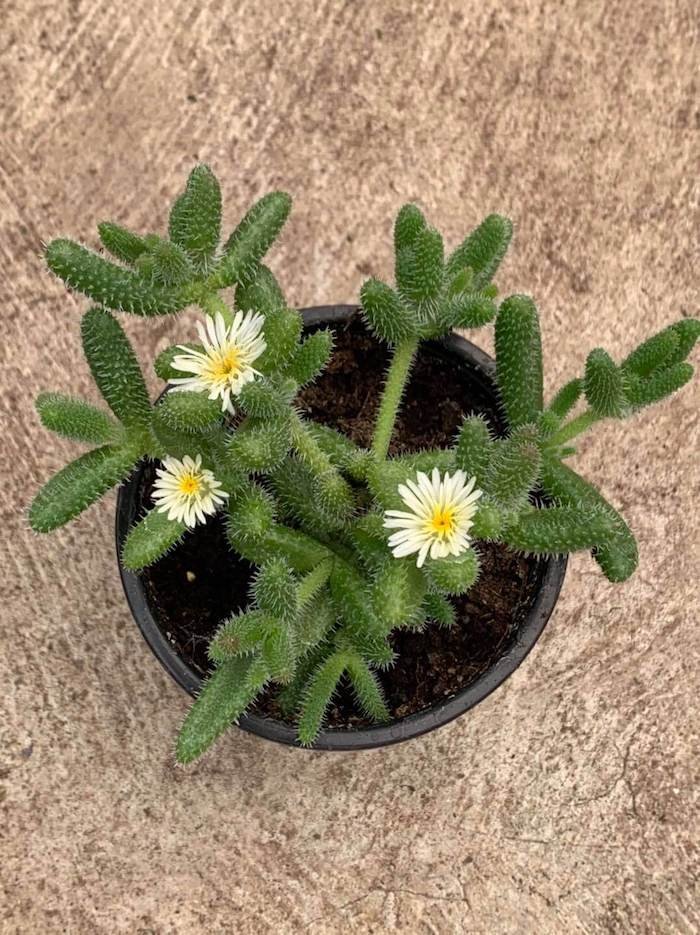Growing Goji Berries at Home – How to do it?
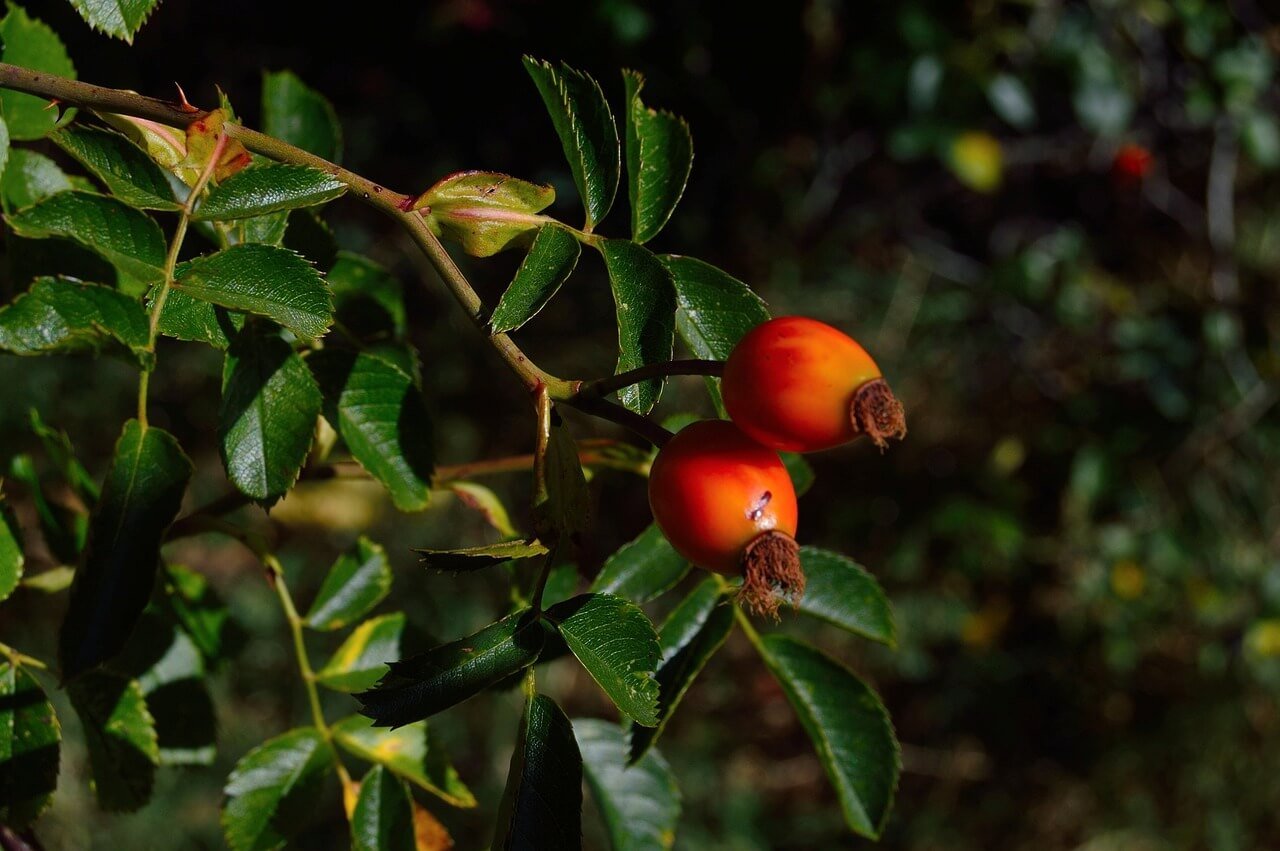
If you’re looking to add a superfood to your home garden, consider growing goji berries. These vibrant, nutrient-packed berries have gained popularity for their numerous health benefits and delightful flavor. With a bit of knowledge and care, you can cultivate your own goji berry plants right at home, transforming your garden into a fruitful haven.
What Are Goji Berries?
Goji berries, also known as wolfberries, are small, red fruits that come from the Lycium barbarum plant. Native to Asia, these berries have been used for centuries in traditional Chinese medicine and are celebrated for their high levels of antioxidants, vitamins, and minerals. They can be enjoyed fresh, dried, or in smoothies, making them a versatile addition to your culinary repertoire.
Why Grow Goji Berries?
Growing goji berries offers several benefits:
- Nutritional Powerhouse: Goji berries are rich in antioxidants, vitamins A and C, and essential amino acids, making them a fantastic health booster.
- Easy to Grow: These hardy plants are relatively low-maintenance and can thrive in various climates.
- Attractive Plants: With their vibrant red berries and delicate purple flowers, goji berry plants can add beauty to your garden.
- Continuous Harvest: Once established, goji berry plants can produce fruit for several years, providing a steady supply of fresh berries.
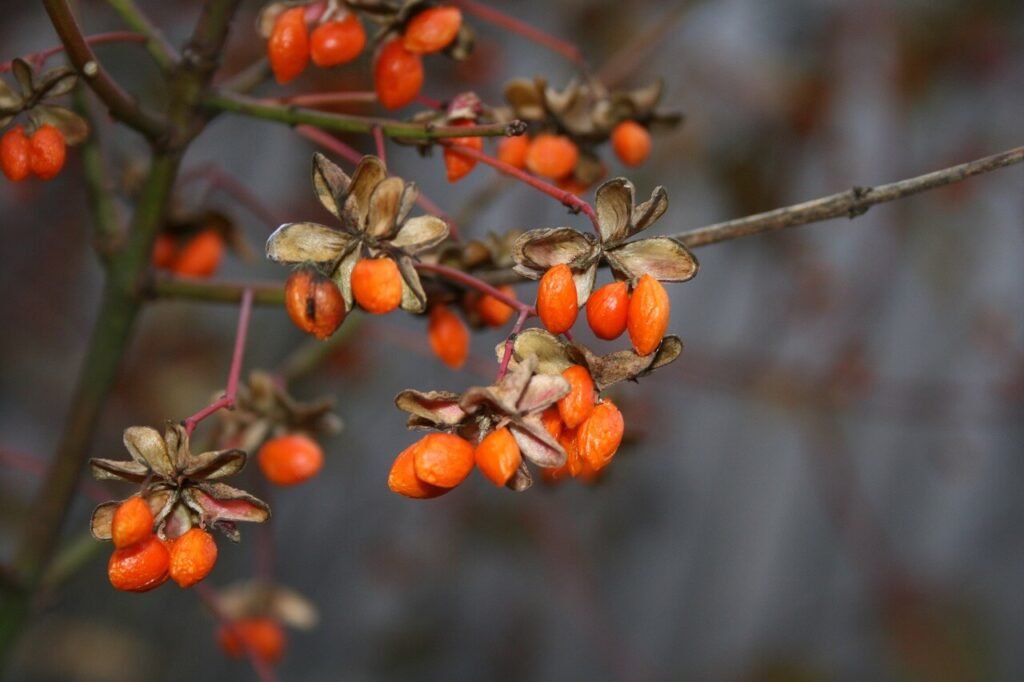
How to Grow Goji Berries
Choosing the Right Location for Growing Goji Berries
When growing goji berries, selecting the right spot in your garden is crucial. Goji berry plants thrive in full sun, so choose a location that receives at least 6-8 hours of direct sunlight daily. They prefer well-draining soil with a pH level between 6.5 and 7.5. If your soil is heavy clay or too sandy, consider amending it with compost to improve its structure and fertility.
Planting Goji Berries
You can start your goji berry plants from seeds, cuttings, or nursery transplants. If you’re starting from seeds, soak them in water for 24 hours before planting to enhance germination.
- Seeds: Plant goji berry seeds about 1/4 inch deep in seed-starting mix. Keep the soil consistently moist and place the container in a warm location. Germination typically occurs within 2-3 weeks.
- Cuttings: Take 6-8 inch cuttings from a healthy goji berry plant in late spring or early summer. Remove the lower leaves and dip the cut end in rooting hormone before planting it in a pot filled with potting mix. Keep the soil moist until roots develop.
- Transplants: If you prefer a quicker route, purchase young goji berry plants from a nursery. When transplanting, dig a hole that is twice the width of the root ball and just as deep. Space plants about 3-4 feet apart to allow for their sprawling growth.

Caring for Goji Berry Plants
Once your goji berry plants are established, proper care will ensure a bountiful harvest.
Watering
Goji berry plants prefer well-drained soil, so avoid overwatering. Water them deeply once a week, allowing the soil to dry slightly between waterings. During dry spells, you may need to water more frequently.
Fertilizing
Fertilize your goji berry plants with a balanced, organic fertilizer in early spring as new growth begins. Follow the manufacturer’s instructions for application rates. Avoid excessive nitrogen, as it can lead to lush foliage at the expense of fruit production.
Pruning
Pruning is essential for maintaining healthy goji berry plants. In late winter or early spring, remove any dead or damaged branches and thin out crowded areas to improve air circulation. This will help prevent diseases and encourage better fruit production.
Harvesting Goji Berries
Goji berries typically begin to bear fruit in their second year. The berries are ready to harvest when they turn a vibrant red color and are slightly soft to the touch. Gently twist the berries off the stem to avoid damaging the plant. Fresh goji berries can be eaten right off the plant, dried for later use, or added to smoothies, salads, and baked goods.
Health Benefits of Goji Berries
Goji berries, often hailed as a superfood, are packed with an impressive array of nutrients that contribute to overall health and wellness. These small, vibrant red fruits are rich in antioxidants, vitamins, and minerals, making them a fantastic addition to your diet. Here are some of the key health benefits associated with growing goji berries:
Nutrient-Rich Profile
Goji berries are loaded with essential nutrients, including:
- Vitamin C: A powerful antioxidant that supports the immune system and promotes healthy skin.
- Vitamin A: Important for eye health and maintaining good vision.
- Iron: Crucial for red blood cell production and preventing anemia.
- Zinc: Supports immune function and helps with wound healing.
- Fiber: Promotes digestive health and helps regulate blood sugar levels.

Antioxidant Properties
Goji berries are rich in antioxidants, particularly carotenoids and polysaccharides, which help combat oxidative stress in the body. These compounds may protect against chronic diseases, including heart disease and cancer, by neutralizing harmful free radicals.
Immune System Support
Regular consumption of goji berries has been linked to enhanced immune function. Studies suggest that the vitamins and antioxidants in goji berries may help increase the production of immune cells, providing a natural defense against infections and illnesses.
Improved Eye Health
The high levels of beta-carotene and zeaxanthin in goji berries contribute to better eye health. These nutrients are known to protect against age-related macular degeneration and may help improve overall vision.
Mood and Energy Boost
Goji berries have been traditionally used in Chinese medicine to enhance mood and energy levels. Some research suggests that they may help reduce feelings of fatigue and improve overall well-being, making them a great addition to your daily diet.By incorporating growing goji berries into your home garden, you can enjoy these health benefits fresh from your own backyard, adding a nutritious and delicious element to your meals.

Ideal Growing Conditions
When it comes to growing goji berries, understanding their ideal growing conditions is essential for a successful harvest. These hardy plants are adaptable but thrive best in specific environments.
Sunlight Requirements
Goji berry plants love full sun and should be planted in a location that receives at least 6-8 hours of direct sunlight each day. This exposure is crucial for optimal fruit production and overall plant health. While they can tolerate partial shade, too much shade can hinder their growth and reduce berry yield.
Soil Preferences
Goji berries are not particularly fussy about soil types, but they do prefer well-draining soil with a pH level between 6.5 and 7.5. They can tolerate a range of soil conditions, from sandy to clay, but good drainage is essential to prevent root rot. If your soil is heavy clay, consider amending it with compost or sand to improve drainage.
Temperature and Hardiness
Goji berry plants are hardy in USDA zones 5-9, making them suitable for a wide range of climates. They can withstand temperatures as low as -10°F (-23°C) once established. However, young plants may need protection from frost until they are well-established.
Watering Needs
While goji berries are drought-tolerant once established, they benefit from regular watering, especially during the first couple of years after planting. Aim to keep the soil consistently moist but not waterlogged. Deep watering once a week is generally sufficient, but adjust based on your local climate and rainfall.By providing the right growing conditions, you’ll set your goji berry plants up for success, ensuring a bountiful harvest of delicious berries.

Goji Berry Varieties
When it comes to growing goji berries, there are several varieties to choose from, each with its unique characteristics and flavor profiles. Here are some popular goji berry varieties that you might consider for your garden:
Lycium barbarum
This is the most common variety of goji berries, known for its sweet and tangy flavor. Lycium barbarum is often used in traditional Chinese medicine and is prized for its high nutritional content. This variety typically produces bright red berries that are about 1-2 cm in length and can be harvested from late summer to early fall.
Lycium ruthenicum
Also known as black goji berries, this variety is native to China and is known for its darker, almost black berries. Lycium ruthenicum is believed to have even higher antioxidant levels than its red counterpart. The berries have a slightly different flavor profile, often described as more tart and earthy. This variety is also drought-tolerant and can thrive in harsher conditions.
Phoenix Tears Goji
This hardy variety is known for its resilience in colder climates, making it suitable for USDA zones 3-9. Phoenix Tears Goji produces sweet, red berries that are slightly larger than those of Lycium barbarum. This variety is ideal for gardeners looking to grow goji berries in regions with colder winters.
Sweet Lifeberry
As the name suggests, the Sweet Lifeberry variety is known for its exceptionally sweet flavor. It produces abundant fruit and has a more compact growth habit, making it suitable for smaller gardens or container growing. This variety is perfect for those who want to enjoy fresh goji berries straight from the plant.
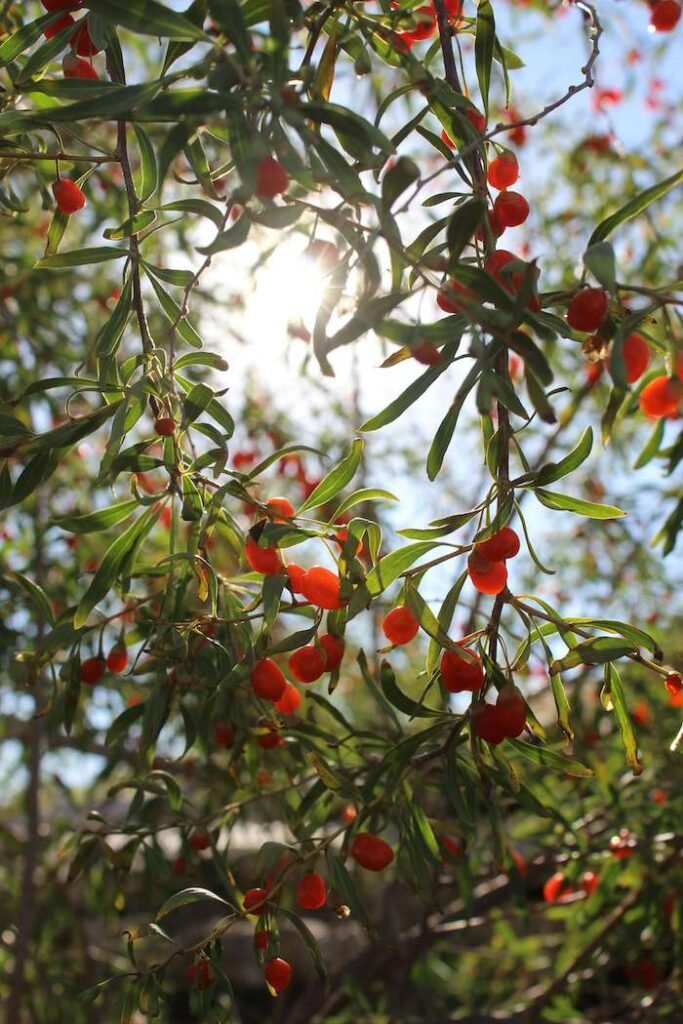
Growing Goji Berries in Containers
If space is limited, consider growing goji berries in containers. Most varieties adapt well to pot cultivation, but ensure you choose a large enough container (at least 5 gallons) to accommodate their deep tap roots. Container-grown goji berries are easier to manage and can be moved to optimize sunlight exposure.
By selecting the right variety for your growing conditions and preferences, you can enjoy a fruitful harvest of goji berries that will enhance your garden and your diet. Whether you prefer the classic red goji or the unique black variety, there’s a goji berry plant that’s perfect for your home garden.
Tips and Tricks for Growing Goji Berries
- Mulch: Apply a layer of organic mulch around the base of your plants to retain moisture and suppress weeds.
- Pest Control: Keep an eye out for pests like aphids and spider mites. Introduce beneficial insects like ladybugs or use insecticidal soap to manage infestations.
- Support: As goji berry plants can grow quite tall, consider providing support with trellises or cages to keep the plants upright and make harvesting easier.
- Companion Planting: Plant goji berries alongside herbs like basil or marigolds, which can help deter pests and attract beneficial insects.
- Experiment with Varieties: There are several varieties of goji berries, including sweet and tart options. Experiment with different types to find your favorite flavor.
Final Thoughts: Your Goji Berry Adventure Awaits
Growing goji berries at home is a rewarding endeavor that not only enhances your garden’s beauty but also provides you with a continuous supply of nutritious, delicious berries. With the right care and attention, you can enjoy the many benefits of these superfoods for years to come. So gather your supplies, choose the right variety, and start planting. Before long, you’ll be savoring the sweet taste of success with every berry you harvest. Happy gardening!




